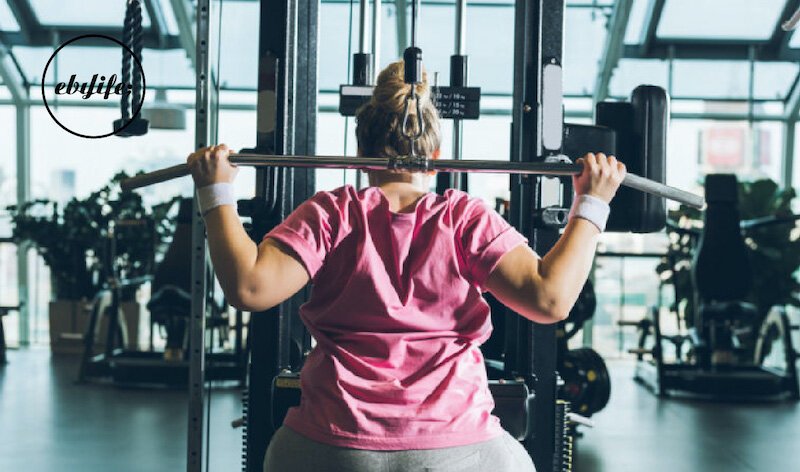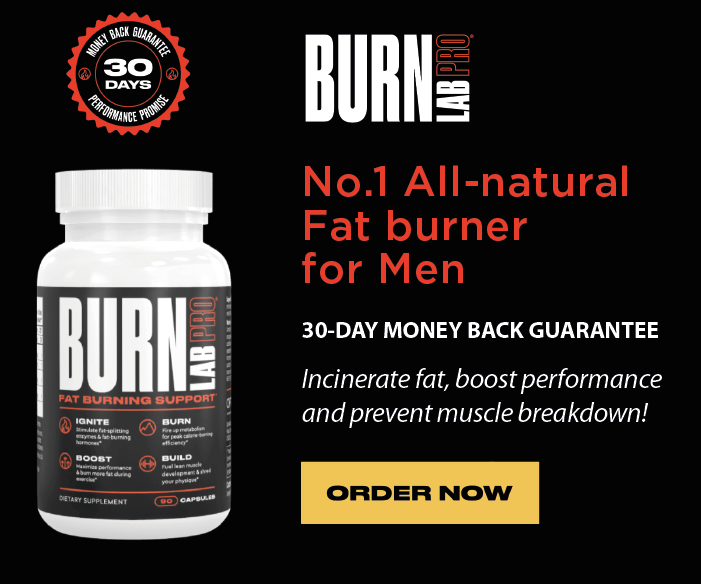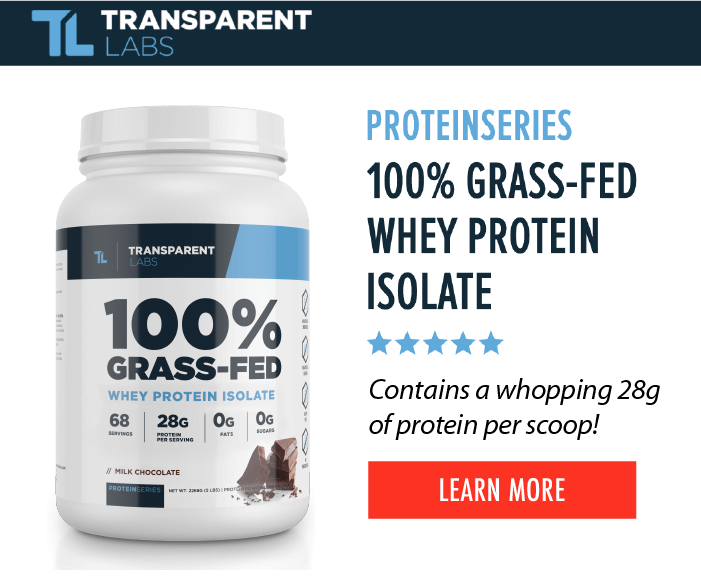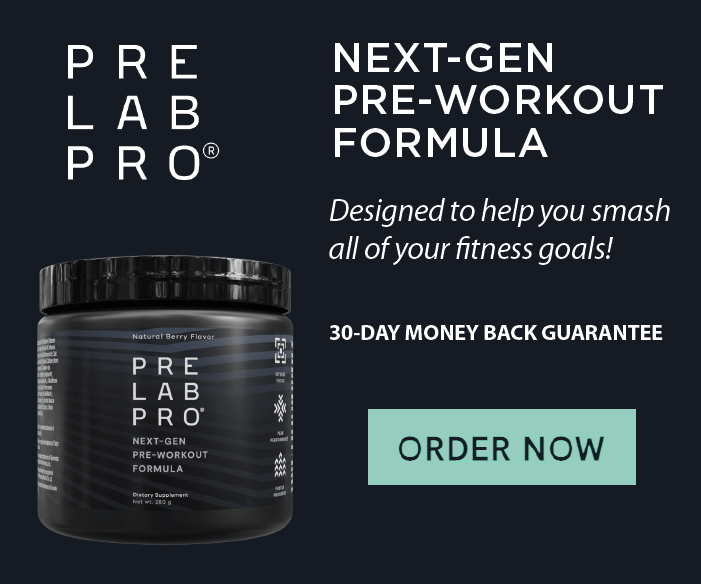12 Popular Fitness Myths debunked
By: Martin Ebner
Fitness myths are so easily started. A friend of a friend told a friend who told you. Just because the Daily mail printed it, doesn't make it true! With so much gibberish and contradictory information at our fingertips, it can be so hard to know what's true and what's false. In this article we're going to debunk 12 of the most common fitness myths, hopefully saving you some frustration and a lot of wasted time and effort!
Myth 01 - More is always better
Forget the no-days off crap that’s being promoted on social media. While you may be anxious to get quick results, it's important to understand that more doesn't necessarily equate to better results. Despite what the “influencers” say.
If you truly want to benefit from your exercise routine, it's important to prioritize quality over quantity. This means paying close attention to technique and prioritizing the correct type of exercise specific to your fitness goals.
Make sure to schedule days off to allow your body to recover following tough workouts. While it might seem counter-intuitive, your muscles actually recover, strengthen and grow when resting. If you continuously overwork your muscles and deprive them of adequate rest, you'll eventually burn out and that is definitely counterproductive to reaching your goals.
Related: How to make the most of your rest days
Myth 02 - You can target fat loss
As much as I'd love to tell you that you can target fat loss, the sad truth is, you can't. Unfortunately fat has the tendency to accumulate first and be lost last in the parts of the body you wish it wouldn’t. For men, this tends to be in the abdomen and lower back. For women, it’s the tummy, thighs and back of the arms.
To lose fat in these problem areas, you have to focus on overall weight loss. That means creating a daily calorie deficit (around 500 calories), ideally through a combination of exercise and a diet that promotes all-around fat loss.
Tip - while it's not possible to isolate fat loss in specific areas of the body, you can aim to improve the aesthetics of the parts you dislike by strengthening and toning these areas.
Related: BThe 5 Best Stimulant free fat burners for men and women
Myth 03 - No pain, no gain!
Admittedly, at times I'll say this to clients. However, it's more of an incentive not to give up at the first sight or feeling of discomfort. While you certainly don't need to feel the pain to benefit from exercise, if you're pushing your physical boundaries, you are likely to feel uncomfortable and a little good pain (learn the difference) along the way. That said, pain should by no means be the decisive factor when it comes to determining whether it was a great workout or not. How hard you should push during any given workout is dependent on your fitness level, overall health, goals and other relevant aspects of your life such as stress level and workload.
PAIN FOLLOWING A WORKOUT
Another misconception is that you need to feel pain in the day/s following a workout. Muscle pain results from stress and damage to the muscle tissue but good recovery can make all the difference between light discomfort and DOMS (Delayed onset muscle soreness). Make sure to hydrate, sleep and always consume a healthy post-workout meal as soon as possible following a workout to reduce the risk of sore muscles.
Related: How to speed up your recovery following a workout
Myth 04 - You need to give 100 percent every workout
Much like with no pain, no gain and more is always better, you also don't need to give 100 percent each and every workout to benefit and progress. Yes, you need to be focused, determined and push yourself when you exercise, but you don't necessarily need to approach every workout with a navy seal's do-or-die mentality. Exercise should play a complementary role in your lifestyle and unless you're an athlete competing for Olympic gold, if you push too hard, too often, you could risk injury and a range of negative symptoms such as lethargy and irritability spilling out into your day to day life.
Tip - By all means give it your all but try to listen to your body. If it's constantly sore and asking for a break, take a week off. Believe me, it will do you the world of good and you'll return stronger and more determined than ever.
Related: Life After Sport: Fighting Post-Athlete Depression
Myth 05 - Machines are safer than free weights
I think I probably see more misuse of machines than free weights. Just because a machine has a fixed range of motion, it doesn't mean you can shut off and rely 100% on the machine to do it all for you. While machines are designed and built to mimic a certain range of motion, if the machine isn't properly adjusted for your weight, height and mobility, you run a similar risk of injury.
Tips: If in doubt, ask one of the personal trainers at your gym to help you set up the machine and to give you a few pointers.
Related: 10 Tips to avoid injury when exercising
Myth 06 - You should stretch before a workout
While it is true that you shouldn't throw yourself into a personal best attempt deadlift without warming up first, stretching while your muscles are still cold (aka at the start of your workout) can cause your muscles to tighten rather than relax which can actually increase your risk of injury through over-stretching. Save it for your cooldown and instead, get ready with a dynamic warm-up routine that aims to improve mobility, circulation, elasticity and one that mimics the workout you're about to perform.
Myth 07 - Doing sit-ups and crunches will build you a six-pack
One of the most popular fitness goals my clients share is the desire to have "abs". Most of them seem utterly bemused and somewhat disappointed when I tell them the secret to a six-pack is not crunches and sit-ups. While these sorts of ab exercises can play a part in your journey towards a six-pack, they should by no means be the focus. Instead, prioritize building a strong core by targeting compound exercises like squats, deadlifts, pull-ups, push-ups, lunges, etc. You may not feel the burn in your abs directly, but believe me, your core is working overdrive to stabilize your body during these exercises. Not only that but compound exercises are far more demanding on the body which means they burn more calories doing them than isolated ab work. Half the battle to a visible six-pack is low body fat so going compound is a win-win!
Related: How to get a six-pack
Myth 08 - If you take time off exercise, muscle will turn to fat
Muscle and fat are two completely different things. One can not magically transform into the other and vice versa. Muscles thrive and grow when they're being challenged. Stop exercising and the need to have muscle on tap dissipates, along with your muscle mass.
Unfortunately, when muscle mass decreases, your metabolic rate slows and you burn fewer calories. The culprit is when you continue to eat as much as you did when you were exercising, leaving your body little choice but to convert the surplus of calories into fat.
If you take time off, that’s fine, just make sure to keep it as brief as possible and adjust your calorie intake to match your energy requirements. Protein is the key macronutrient for muscle maintenance so if you struggle to consume enough from diet alone, you may want to consider a protein supplement.
See our: Performance Lab SPORT Protein Review
Myth 09 - Squats are bad for your knees
After struggling with tendinitis in both knees for most of my 20s, I decided to get more proactive with my training regime. Despite the critics, I started to include squats into my leg workouts. I’m now 37 and my legs are far stronger, more stable, and less susceptible to knee-related injuries. In fact, I haven't had any knee issues since I regularly started squatting.
Like with any exercise, if done incorrectly, you run the risk of injury. When performing squats, it's important to ease into the depth and only add weight once you feel confident and comfortable enough to do so.
Here are a few form tips to get you started: Keep a straight back, a neutral spine, your chest up, your knees back and the weight in your heels.
If you ever have any doubts about the correct technique, don’t be afraid to ask the staff at your gym for form tips and a spot. After all, that’s what they’re there to do.
Myth 10 - Lifting weights make women bulky
It pains me that I still have to convince the good majority of my female clients that training with weights won’t make them “Bulky”. Building muscle requires a lot of hard work, time, and consistency. Oh, and a whole lot of testosterone! Women only produce 1/10th the amount the average man does which means that in order to get female bodybuilder swole, you would have to take performance-enhancing drugs, aka steroids, and I know you aren't that stupid!
Related: 10 reasons women should lift weights
Myth 11 - The more you sweat, the more fat you lose
We see boxers wearing sweatsuits and training in saunas in a desperate attempt to artificially lose weight for their pre-fight weigh-in. Sweat is not necessarily relative to intensity and weight isn’t fat. Sweat is simply your body's means of cooling down and releasing excess heat. Unfortunately, just like going to the bathroom, any weight loss you experience from sweating is artificial. It's 99% water and salt, not fat!
That said, some methods of training like moderate-intensity cardio are more effective for fat-burning than others.
Related: How to Optimise Intermittent Fasting for Fat Burning
Myth 12 - You can out-train a bad diet
Sorry, but unless you're a 16-year-old athlete, you can’t out-train a bad diet and here’s why:
Food is fuel. If you eat poorly, you can’t expect your body to perform. Make consistently bad nutritional choices and not only will your energy be lower and less stable as a result, but your ability to perform hard during workouts will also suffer.
Calories in are much easier than calories out and while we should all indulge in our favorite foods from time to time, if you’re digging into fast food for breakfast, lunch and dinner on a daily basis, your ability to expend the vast energy (calories) sums consumed will be too great.
If you really want results, it’s important to fuel your workouts with a variety of healthy and fresh foods.
Related: How to Combat the Nutritional Decline of Fruits and Vegetables




